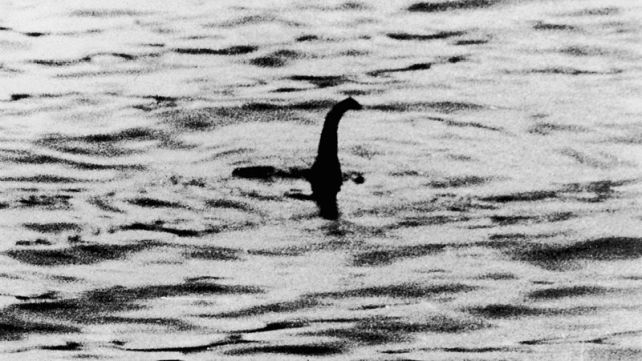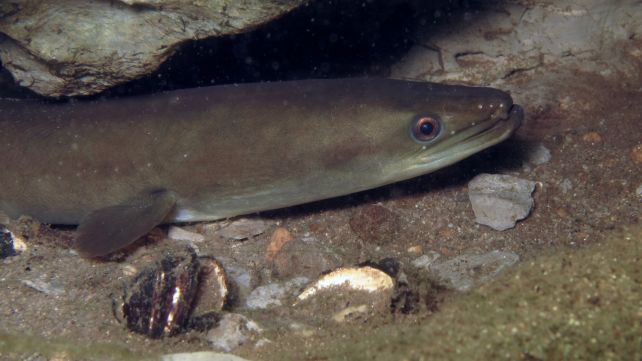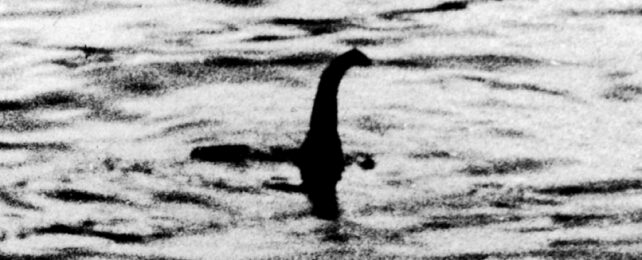A giant creature thought to inhabit the waters of Scotland's Loch Ness remains a popular subject of speculation, in spite of pretty thorough debunkings.
One of the last plausible explanations for the beast has now too joined the discard pile. After careful investigation, data scientist Floe Foxon of Pinney Associates and the Folk Zoology Society has determined that Nessie sightings are unlikely to be encounters with giant eels.
"In this new work from the Folk Zoology Society, a much-needed level of scientific rigor and data are brought to a topic that is otherwise as slippery as an eel," Foxon says.
"Contrary to popular conception, the intersection between folklore and zoology is amenable to scientific analysis and has the potential to provide valuable insights into anthrozoological phenomena. This work also champions open access science and nontraditional publishing – the future of scientific publication."
The Loch Ness monster first arose in Scotland's mythology in the 1930s, when visitors to the freshwater loch started reporting sightings of something unusual. Nessie, as the monster came to be known, appeared to be similar to a plesiosaur, or sea serpent.
The famous and much-debated Surgeon's Photo, sold to the Daily Mail in 1934 by physician Robert Kenneth Wilson, shows a creature with a long, graceful, swan-like neck, very similar to a plesiosaur. (That photo is now thought to be a hoax orchestrated by actor Marmaduke Wetherell.)

Geneticist Neil Gemmell of Otago University in New Zealand led an international attempt to uncover the truth once and for all in 2018. He and his team extensively sampled the waters of Loch Ness and sifted out the environmental DNA to create a database of all the species living therein.
They found no evidence of sea serpent or plesiosaur DNA. However, they did find a lot of DNA from European eels (Anguilla anguilla), perhaps unsurprising, since the eels are known inhabitants of the loch.
Gemmell and his team concluded that if anyone had caught sight of something long and wriggly in the loch, perhaps it was simply a very large eel?
It was this idea that Foxon set out to investigate. He conducted an analysis of catch data on eels in Loch Ness and other bodies of water in Europe to estimate the likelihood of spotting a particularly large one.
In order to be consistent with the size of Nessie, the eel would have to be very large indeed. And, well, there's simply no chance of seeing an eel that large.
In Foxon's analysis, which included over 20,000 eels, the maximum length recorded for a European eel was 0.932 meters (3.06 feet). The physiologically possible maximum length for a European eel was estimated to be 1.3 meters (4.3 feet).

An upper size estimate for the Nessie snapped in the Surgeon's Photograph is 2.4 meters, and the size estimate for Nessie in general is around 6.1 meters. This means, Foxon found, that if you do see an eel in Loch Ness, it's probably not going to be a biggun.
"The chances of finding a large eel in Loch Ness are around 1 in 50,000 for a 1-meter specimen, which is reasonable given the loch's fish stock and suggests some sightings of smaller unknown animals may be accounted for by large eels," he writes in his paper.
"However, the probability of finding a specimen upward of 6 meters is essentially zero; therefore, eels probably do not account for sightings of larger animals."
Oh well. Back to the drawing board.
The research has been published in JMIRx Bio.
